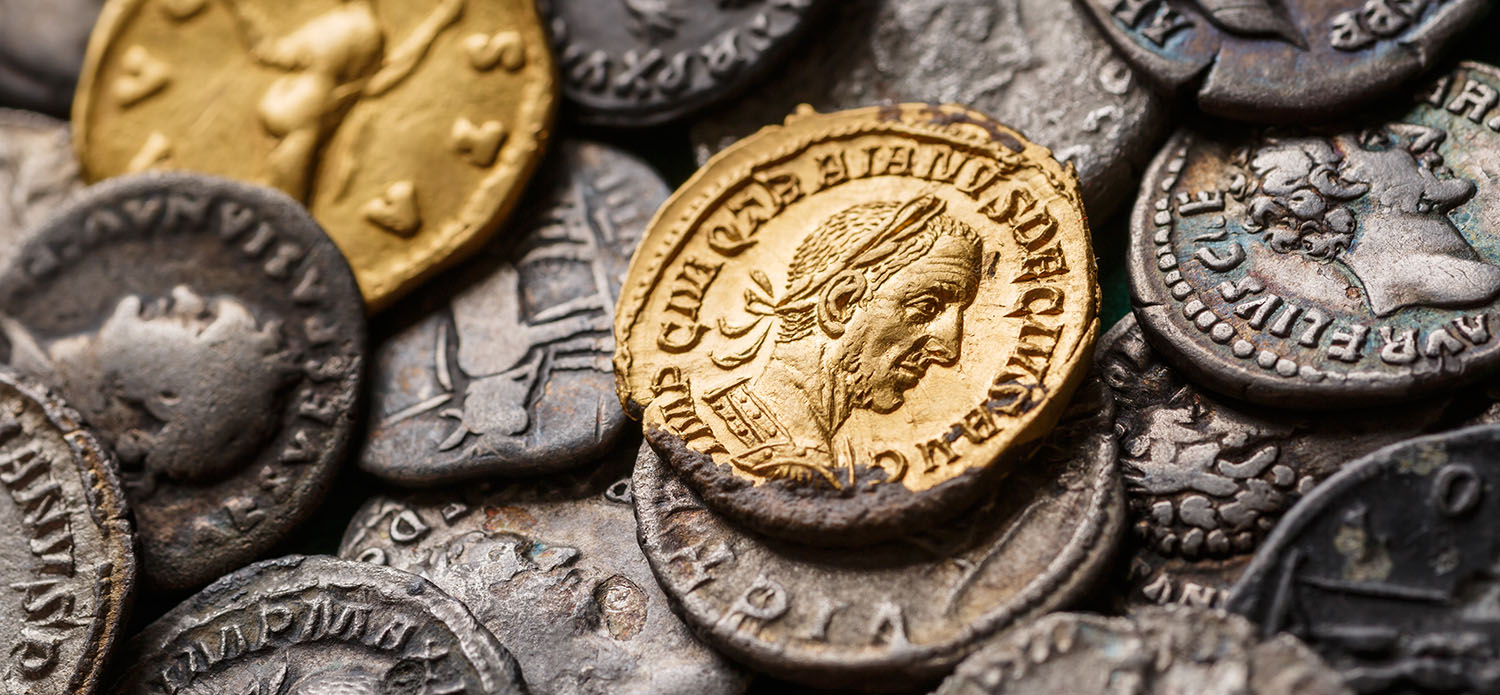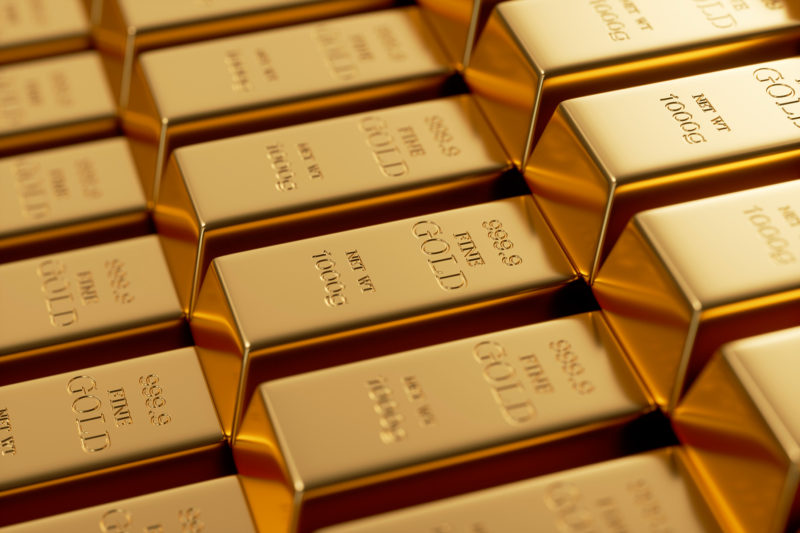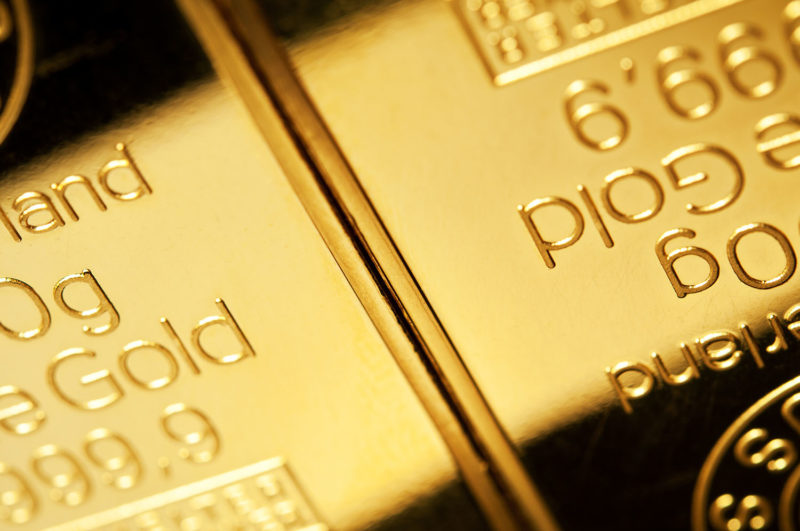

The value of gold: a history of wealth
Al llarg de la humanitat, s’han ensorrat imperis, molts sistemes econòmics han fet fallida i s’han produït desenes de col·lapses de divises. Tanmateix, l’or sempre ha estat el valor refugi on escudar-se per protegir patrimonis i riqueses. A 11Onze fem un repàs de la història del valor de l’or.
Aquesta història de les riqueses i de l’or comença fa prop l’any 3000 aC. Els egipcis antics van ser els primers a crear joies amb aquest metall preciós. No obstant això, no va ser fins al segle VI aC. quan l’or va començar a fer-se servir com a moneda de canvi. Va ser de la mà dels comerciants, que buscaven un model que els permetés estandarditzar les seves transaccions.
Aquest model que feia servir l’or es va fer hegemònic al món conegut, tant a Europa com a Àfrica, Àsia o Amèrica. L’or es va convertir en un veritable símbol de riquesa i patrimoni. I, de mica en mica, es van buscar maneres de refinar aquell sistema. La primera vegada que es va estandarditzar el valor d’una moneda que encara continua en circulació per representar el govern d’un país va ser a Gran Bretanya prop del 1066. Així es va donar nom a la lliura esterlina.
I va ser precisament sobre la lliura esterlina que es va establir per primera vegada el patró or. Però no va ser fins força segles més tard, segons els historiadors. Així, el 1717 s’estableix el primer estàndard basat en l’or, i ho fa de la mà, ni més ni menys, que d’Isaac Newton. És el científic qui, en un assaig sobre el sistema monetari, estableix una proporció d’or a plata que defineix una relació entre les monedes d’or i el penic de plata que hauria de ser la unitat de compte estàndard en la Llei de la Reina Anna de Gran Bretanya.
Això no obstant, un veritable patró or demana que hi hagi una font de bitllets i monedes de curs legal, i que aquesta font estigui sostinguda per la convertibilitat a l’or. I això no va succeir a Anglaterra fins que David Hume desenvolupa el sistema de patró or el 1752. A partir d’aleshores, aquest patró or es va anar estenent a la resta de països i serà el sistema monetari característic del segle XIX.
D’aquesta manera, en el patró or s’estableix que la moneda d’un país és totalment convertible en grams d’or, és a dir, s’estandarditza quina proporció d’or hi ha en cadascuna de les monedes encunyades en circulació. De fet, els bancs centrals tenien l’obligació de canviar divises en or si un ciutadà ho demanava. I, a més, existia la lliure circulació de capital, és a dir, que els individus podien exportar i importar capitals en or, sovint representats en paper moneda més que en metàl·lic.
Tot i que el dòlar ja era una moneda espanyola en circulació a les Amèriques, no va ser fins 20 anys després de la seva fundació, el 1792, que els Estats Units també van adoptar el patró or per encunyar el dòlar americà i, en fer-ho, van anar guanyant protagonisme en el món monetari. Tanmateix, després de la Primera Guerra Mundial i del crac del 1929 i la Gran Depressió, molts països van decidir abandonar el patró or per poder devaluar les seves monedes i recuperar una economia que anava de mal borràs.
La fi del patró or
La conferència de Bretton Woods del 1944 va marcar el camí: es va acordar que es vincularien totes les divises al dòlar, amb la condició de mantenir el dòlar a un tipus de canvi fix amb el preu de l’or. El model, però, va durar uns escassos 30 anys, fins al 1971, quan el president Richard Nixon va posar fi al patró or per poder reflotar l’economia americana durant la Guerra del Vietnam, de la mateixa manera que ho havien fet abans altres governs pel crac del 1929.
A partir d’aquell moment, el dòlar i la resta de divises que hi ha al món, incloses les criptomonedes com el bitcoin, són el que s’anomena monedes ‘fiat’, és a dir, que depenen completament de la confiança que els donem, com ha explicat a La Plaça el responsable de producte d’11Onze, Jordi Sánchez. Per tant, no estan avalades per metalls preciosos i això fa que siguin més inestables.
De fet, la fi del patró or és, per a molts experts, l’inici de la perversió de tot el sistema monetari, que imprimeix bitllets quan li convé, i que fa que, actualment, el valor del dòlar estigui sobredimensionat i ocasioni turbulències a l’economia que poden desencadenar una crisi global de deute. És per això que l’or torna a ser el valor segur que dona protecció als inversors.
Protegir-se i evitar les bombolles d’or
L’or no ha deixat de tenir mai importància en l’economia mundial. Sense anar més lluny, els balanços dels bancs centrals europeus, com el Banc Central Europeu (BCE), la Reserva Federal dels Estats Units i el Banc d’Anglaterra, i organismes internacionals com el Fons Monetari Internacional (FMI) han de mantenir aproximadament la cinquena part de les reserves mundials del metall preciós. Així s’eviten bombolles de l’or i es controla la seva cotització.
A més, en contextos convulsos com el que vivim, els governs protegeixen les reserves del país comprant or, com estan fent la Xina i l’Índia actualment, tal com desgranava l’exsecretari general de la Cecot, David Garrofé, en un dels darrers episodis del podcast Ens Interessa. Precisament perquè la ciutadania corrent també tingui l’oportunitat de protegir el seu patrimoni de la inflació rampant, 11Onze ha llançat Preciosos 11Onze.
El material que floreix de la terra
Cal tenir present que l’or és un material preciós limitat, motiu pel qual és difícil que perdi el seu valor, i es troba a la natura en estat pur, en trossets allargassats o en partícules petites. A finals del 2006, s’estimava que l’or que s’havia minat al llarg de la història equivalia a 158.000 tones, el que representa només un cub de 20 metres de costat.
L’or com a element, a banda del seu color groc metàl·lic inigualable, destaca entre la resta de metalls perquè és el més mal·leable i dúctil que es coneix. Els científics valoren la seva densitat i l’alt punt de fusió que té. També l’alta afinitat electrònica, que el fa un bon conductor de la calor i l’electricitat. A més, no l’afecta l’aire ni la majoria d’agents químics. En economia, l’or és també així de confiable.
Si vols descobrir la millor opció per protegir els teus estalvis, entra a Preciosos 11Onze. T’ajudarem a comprar al millor preu el valor refugi per excel·lència: l’or físic.





De fet, la fi del patró or és, per a molts experts, l’inici de la perversió de tot el sistema monetari, que imprimeix bitllets quan li convé, i que fa que, actualment, el valor del dòlar estigui sobredimensionat i ocasioni turbulències a l’economia que poden desencadenar una crisi global de deute.
Gràcies per aquesta informació
Tot és opinable, però molt probablement sigui així, tal i com tu dius. Moltes gràcies pel teu comentari, Alícia!!!
La història sobre l’or resulta interessant👌
Celebrem que t’agradi, Jordi!
Coneixia la història, i sempre he pensat que va ser un moviment pensat per posar les economies en mans dels politocs. Ara els nostres diners depenen del que algunes persones decideixin fer.
Doncs potser podrem revertir aquesta situació de mica en mica. Gràcies per la teva reflexió, Montse!
Comparteixo el comentari de na Mercè. És molt interessant que a 11onze poseu al nostre abast aquestes possibilitats
Gràcies per valorar-ho, Santiago!
Bon article. M’esteu convencent de comprar or…
Si estàs interessat en Or Josep, et dirigim al formulari per sol·licitar informació i assessorament https://www.11onze.cat/preciosos-11onze/ . Agraides del teu interès i atenció a la Plaça! 💛
Bon recull històric. Gràcies.
Com sempre, Pere, a 11Onze intentem fer aprendre al màxim a tota la nostra comunitat.
👌
🙏
Ara, sabem com comprar or i també què implica.
Cada dia aprenem coses noves tots junts… gràcies pel teu comentari Francesc!
Bon i ilustratiu article.
Gràcies pel teu comentari Pere!
Realment és perillós que el valor de les monedes depengui de la confiança que els donem.
El servei que ofereix 11Onze, comprar i vendre or sense ser-ne expert, és espectacular, ens dona una nova perspectiva, fer el mateix que els grans inversors. La gent “corrent” podem i fem coses que pensàvem que no estaven al nostre abast. Pugem les escales saltant-nos els graons.
Com anècdota: durant anys els queixals es van empastar amb or.
Bona reflexió.
Moltes gràcies per la teva reflexió i pel teu comentari, Mercè. Que tinguis molt bon dia
👏
Gràcies, Daniela pel teu comentari!